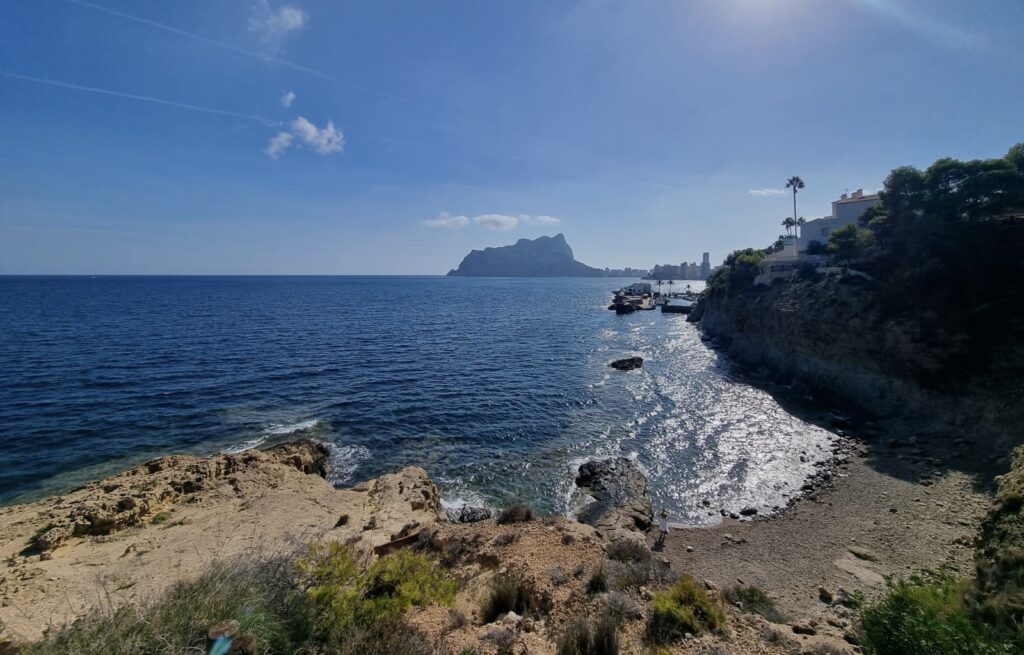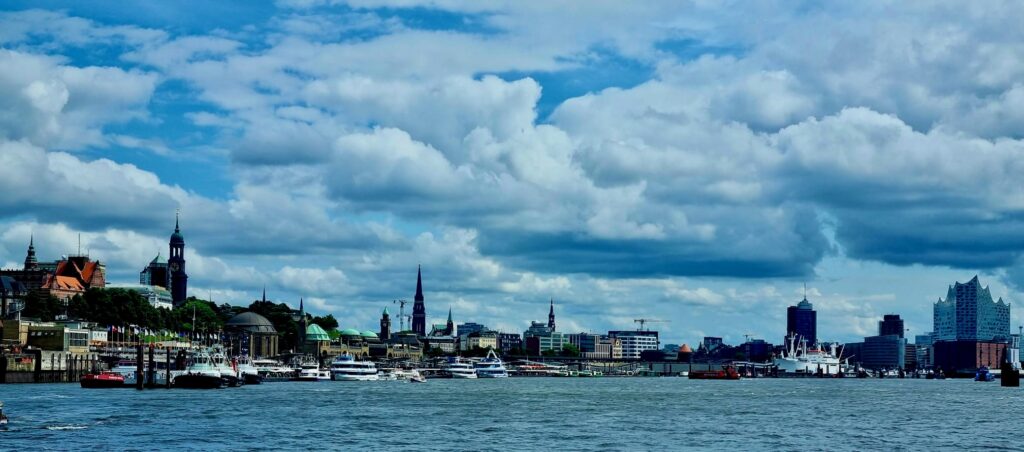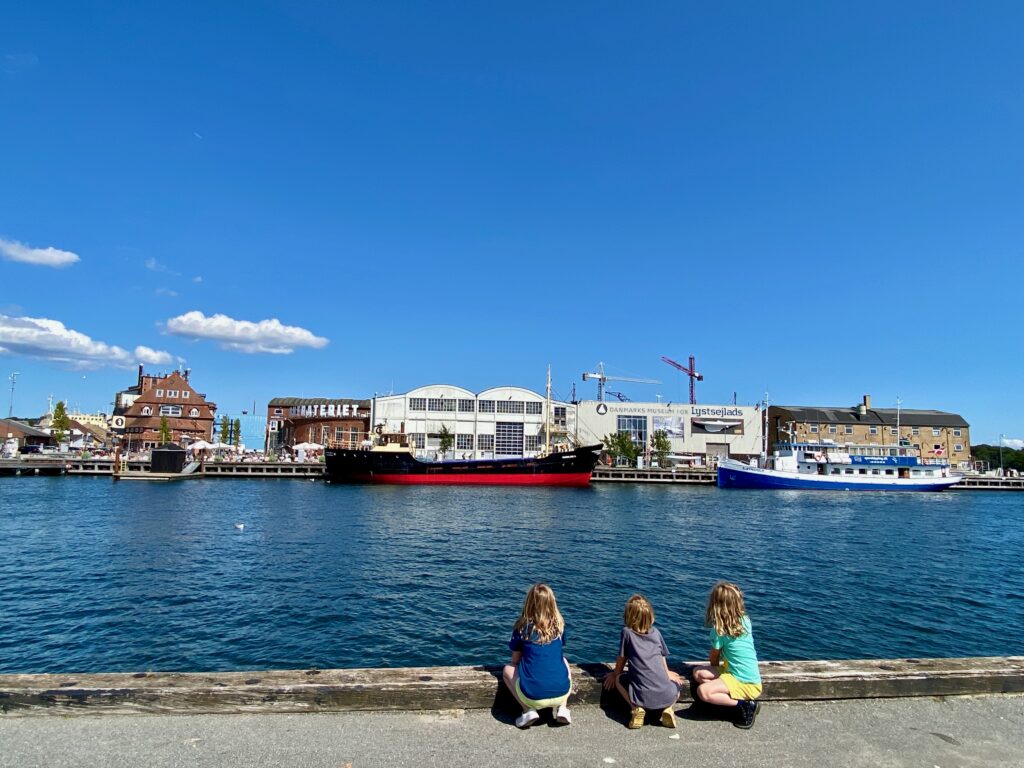Our second stop in Poland was Warsaw, which offers an intriguing blend of old and new in architecture, food, museums, and more. We were also happy to have Nana join us for this leg of the trip, as I’ll write about more in my next post about revisiting our Polish Jewish family history.
There’s an intentional focus on the devastation wrought on the city during WWII, first from the Nazi occupation and then from the Soviets who waited to “liberate” the city until after the Nazis destroyed it first in retaliation for the 1944 Warsaw Uprising (by the way, there’s a whole museum on that topic). Since the city was leveled, nearly all you see has been reconstructed as it looked pre-war in the Old Town but also with Communist-era housing blocks and gray buildings. Interspersed throughout the Old Town and vicinity, including the former Warsaw Ghetto footprint, are plaques and memorials to what, and who, was once here.



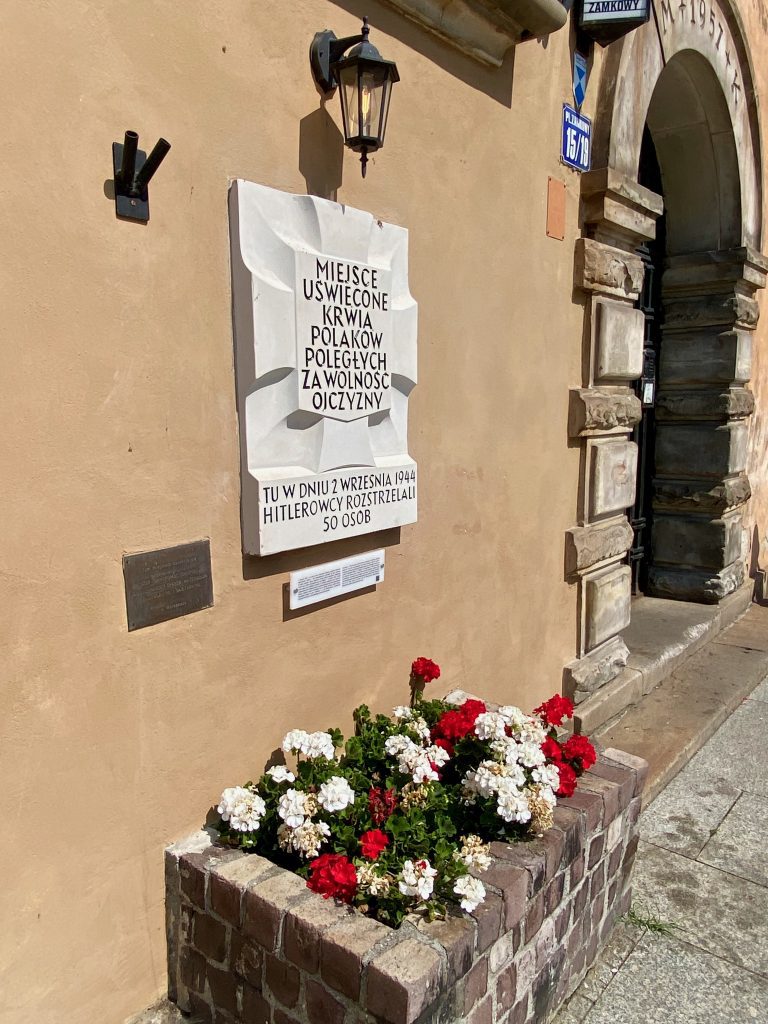
It’s a fascinating city, with giant boulevards, cosmopolitan stores, extensive public transit, yet also relaxed and quite clean for a bustling capital. There are beautiful public parks, from the Warsaw Family Zone (Warszawska Strega Rodziny) and Park Moczydło (children’s pool complex) to Varsovians’ Central Park, Lazienki Park, with the former summer royal palace and a monument to native son Frederic Chopin.


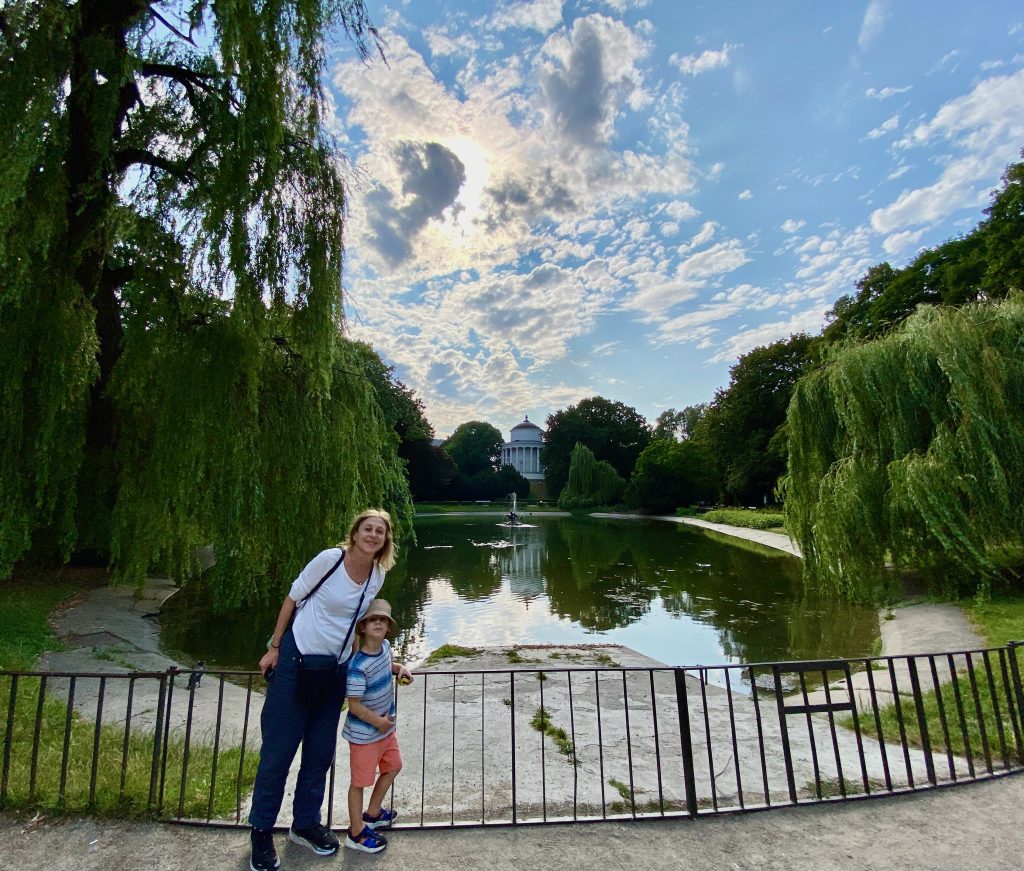
As always, one of the highlights of our visit here was a food tour with Eat Polska @eat_polska. Even though our tour coincided with a European heat wave (in the photo below you see us struggling as we walk past the imposing, Communist-era Palace of Culture and Science in 95-degree temps), it was still a lot of fun. Our guide, Anna, oriented us to visiting the places that locals regularly frequent, outside of the Old Town tourist center. In addition to trying staples like like beetroot borscht (barszcz) and sour rye soup (żurek), Jacob enjoyed plenty of sweets like a doughnut filled with rose-petal jam and traditional Polish hot chocolate (czekolada tradycyjna). We also visited hipper restaurants like Patelnia i Patera which are preparing delicious, modern takes on classic dishes.
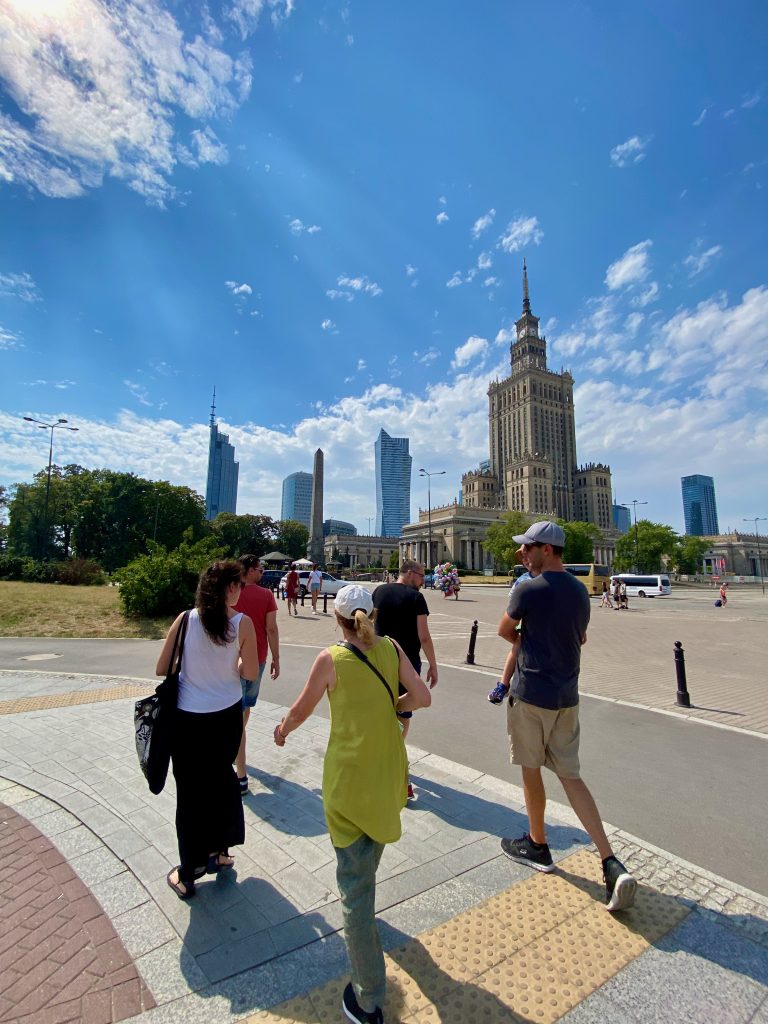
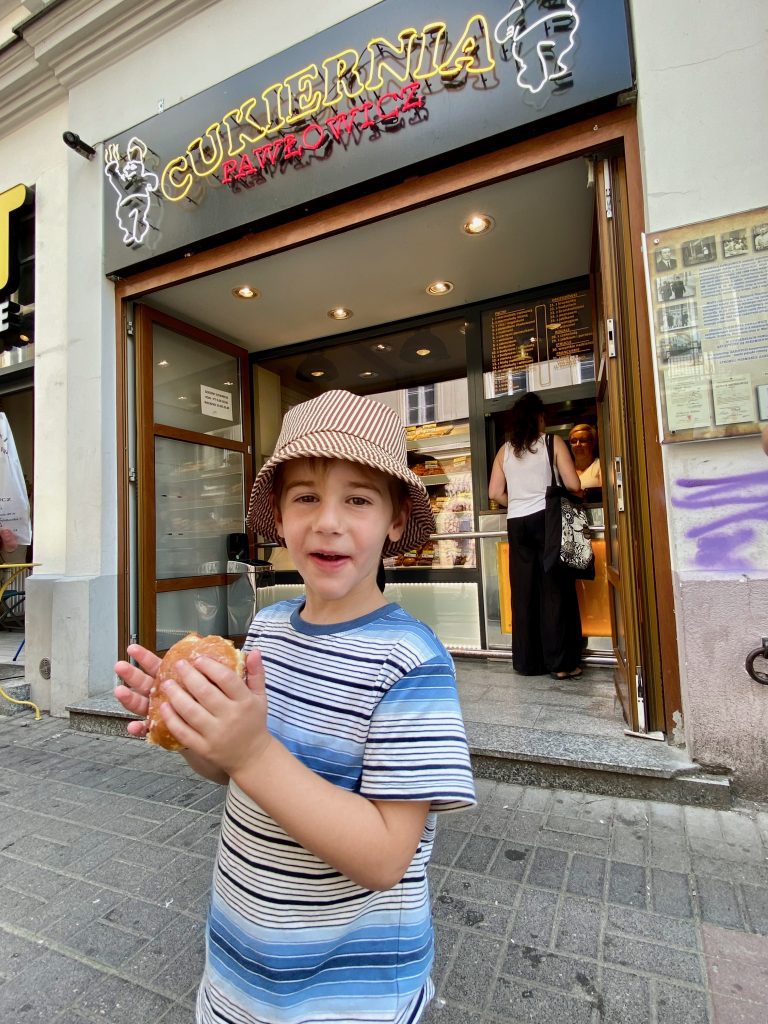
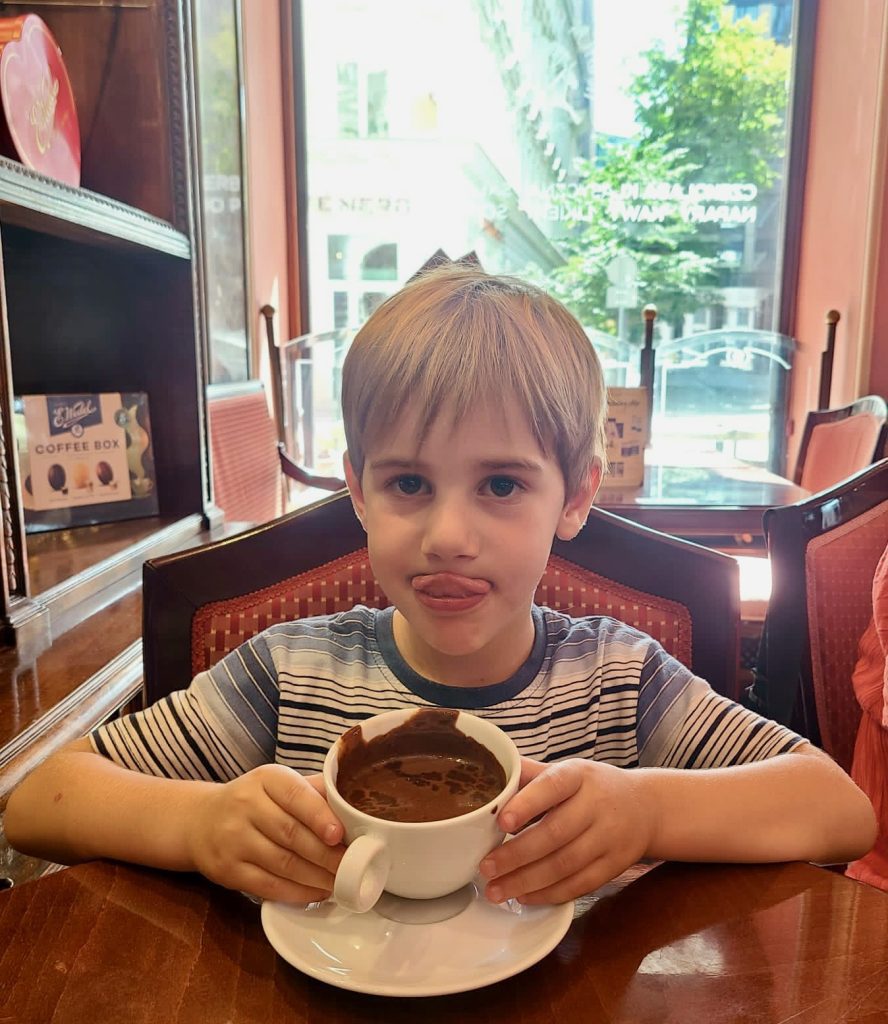
A few activity highlights from a week in Warsaw:
• Copernicus Science Museum @centrum.nauki.kopernik got rave reviews as one of the most interactive museums Jacob (and Dave) have ever visited.
• POLIN Museum of the History of Polish Jews @polinmuseum is not to be missed: diving into a 1,000-year journey of Polish Jewish history in modern, interactive, nuanced, and reflective exhibits, leaving visitors feeling the richness, diversity, and impact of the Jewish experience in Polin (which means “settle here” in Hebrew) beyond just the tragedy of the Holocaust.
• Warsaw Uprising Museum is quite comprehensive and even overwhelming as it covers the occupation, resistance efforts, the Uprising period in summer 1944 (note this was separate from the Jewish Ghetto Uprising of 1943), and the post-war Communist repression, but what really moved me were the testimonials, accounts, and remembrances of the thousands of ordinary civilians-turned-soldiers who participated and gave their lives in the Polish resistance movement during the war.

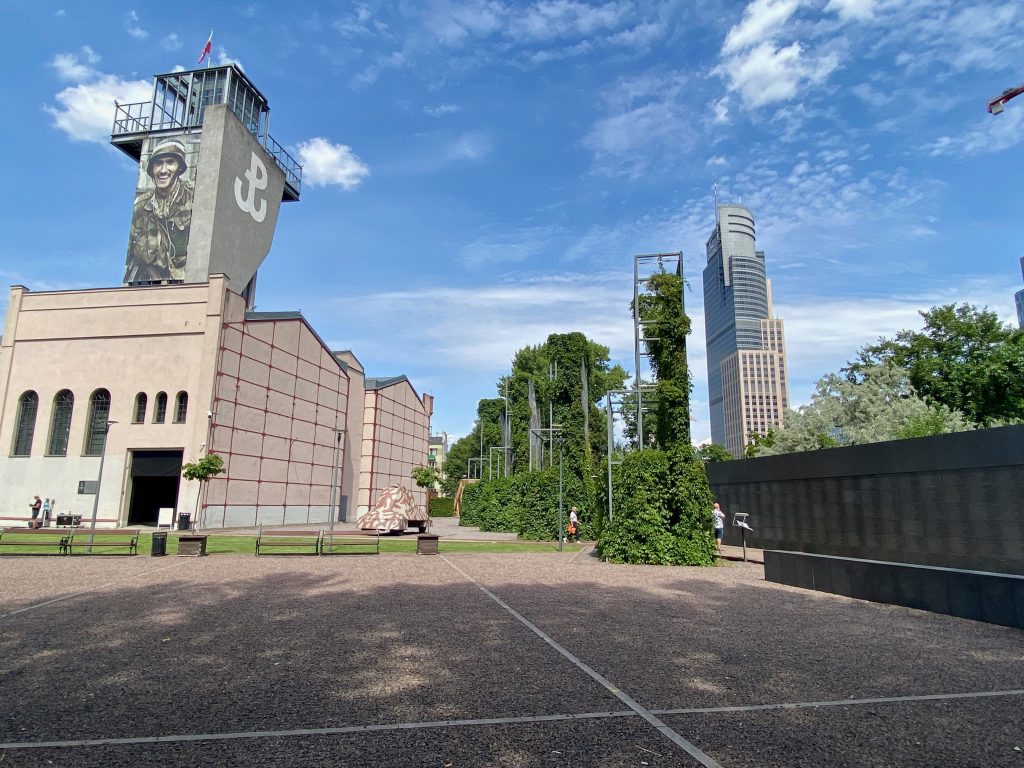

We enjoyed a number of good meals together beyond the food tour:
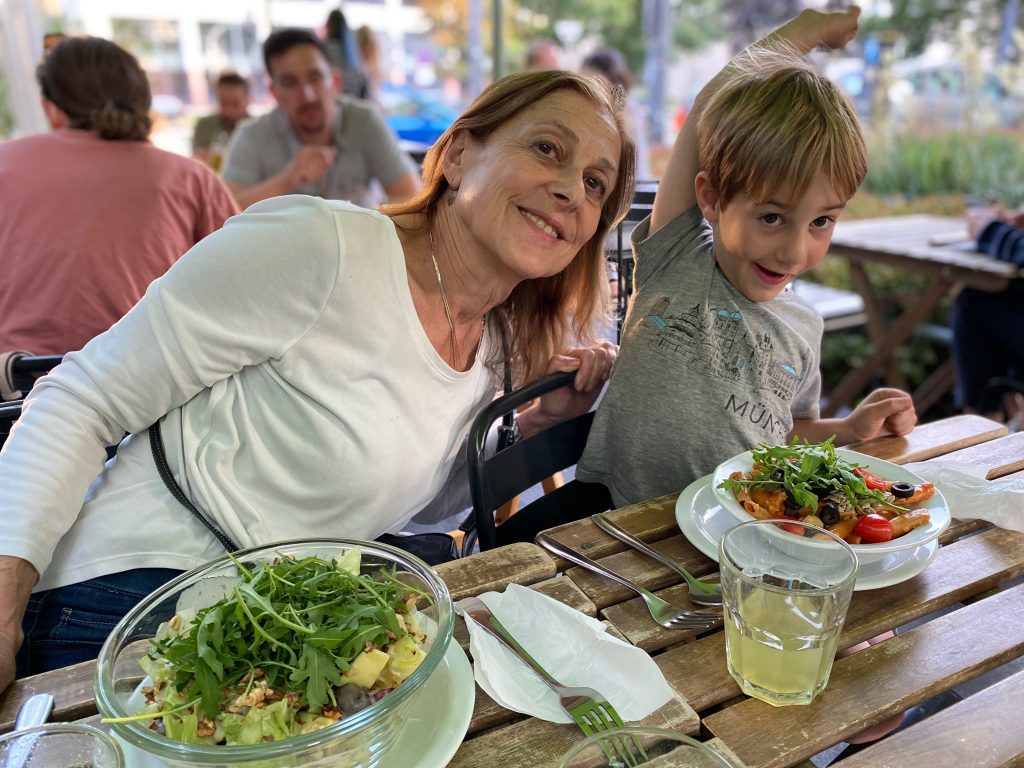

One evening we were able to take advantage of Nana’s babysitting to go out for a desperately-needed, kid-free dinner. We took up one of Anna’s recommendations and headed back to the Śródmieście Północne neighborhood to check out Bibenda @bibendanowogrodzka , a vegetable-forward, contemporary restaurant which again blended the Polish classic dishes with a modern, colorful twist. A 20-minute, scenic stroll along Nowy Swiat (New World Street) wrapped up the evening.



